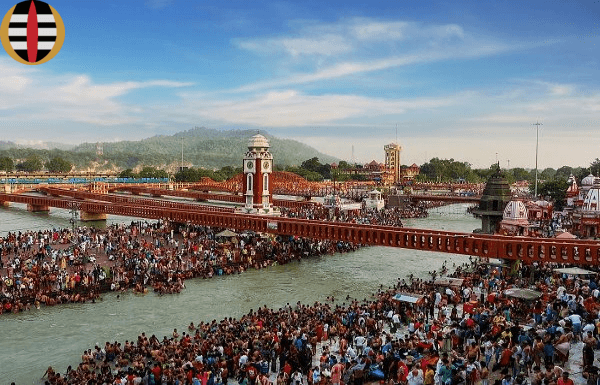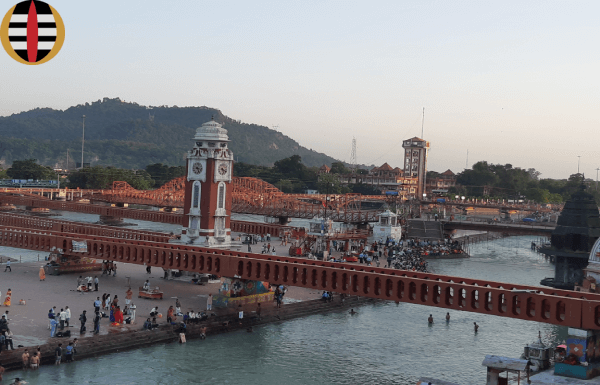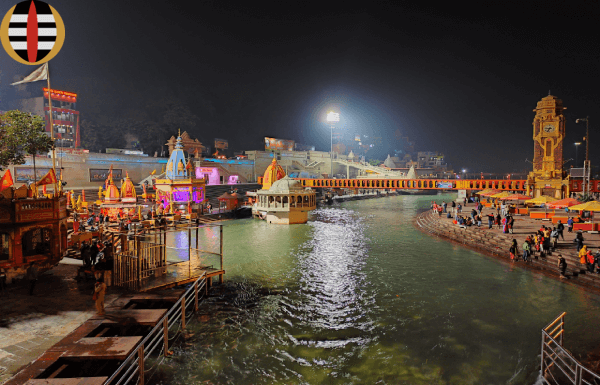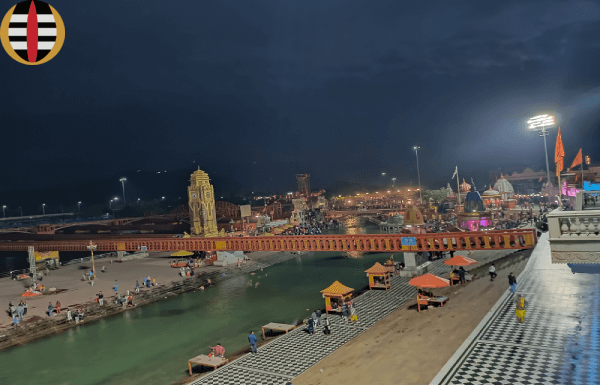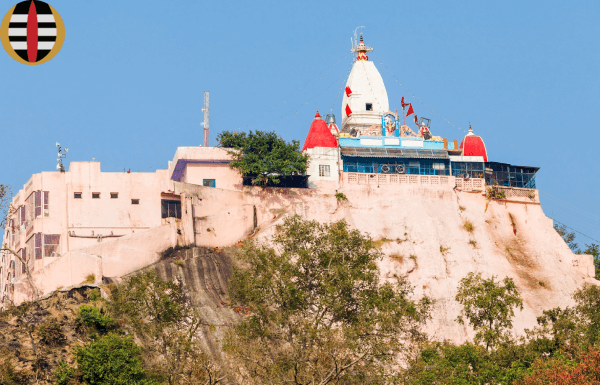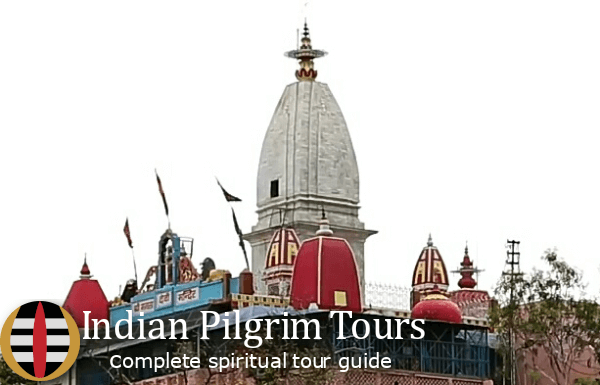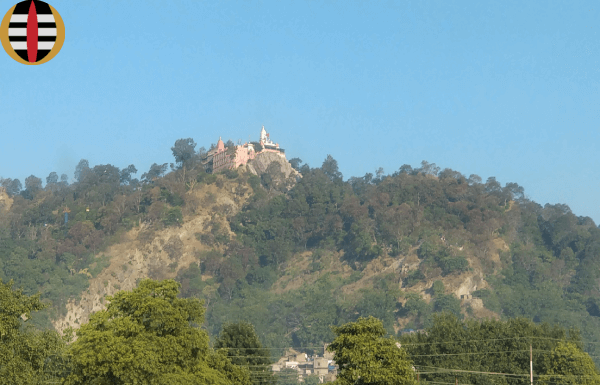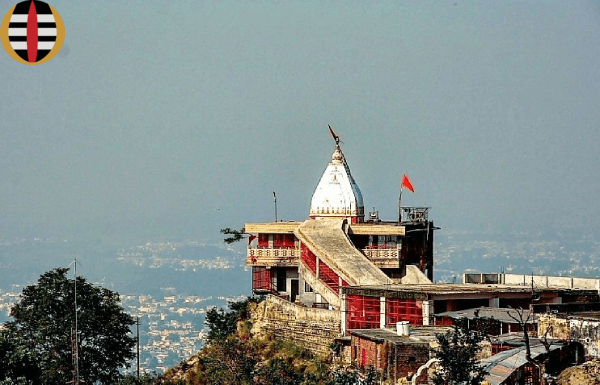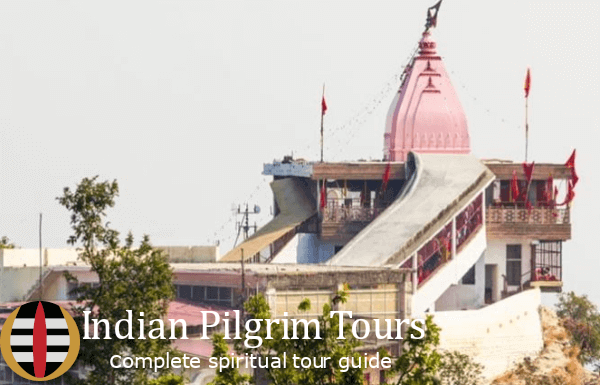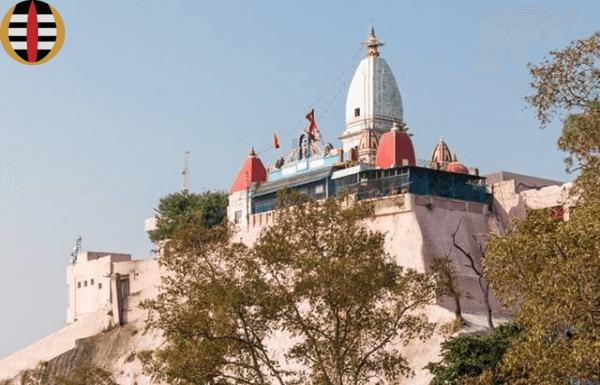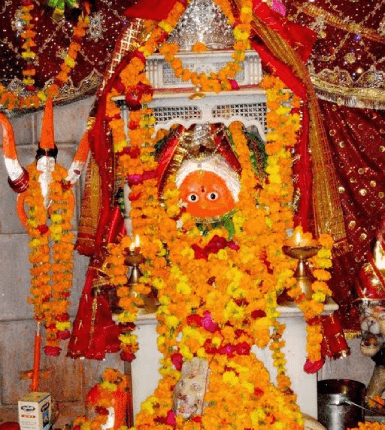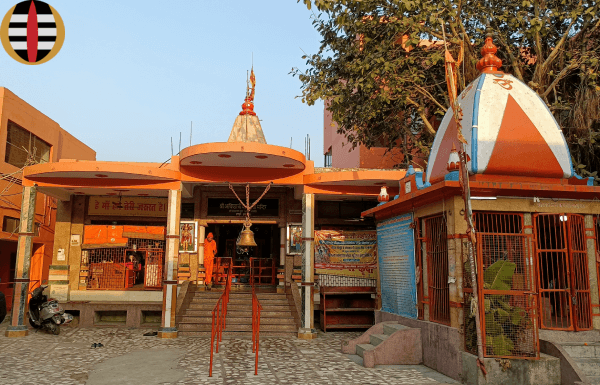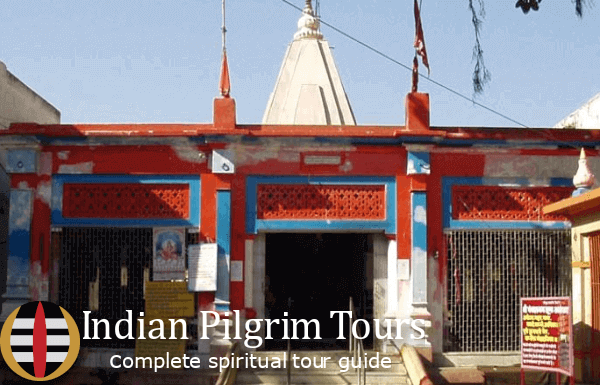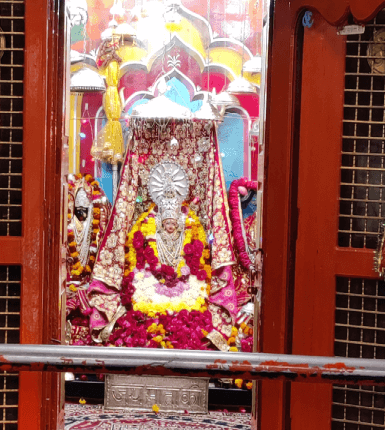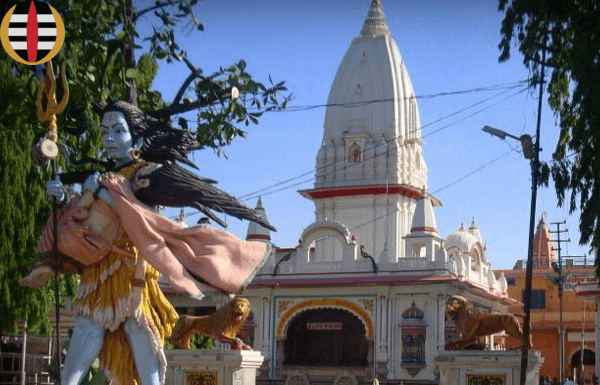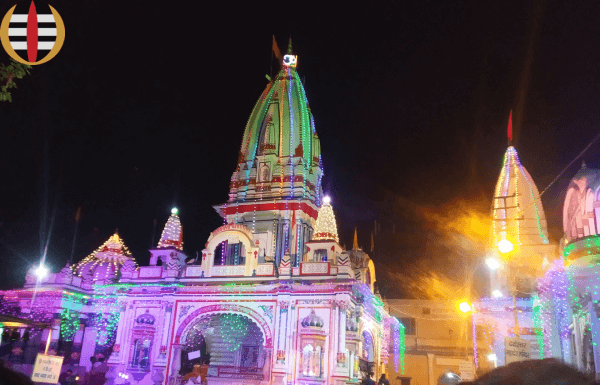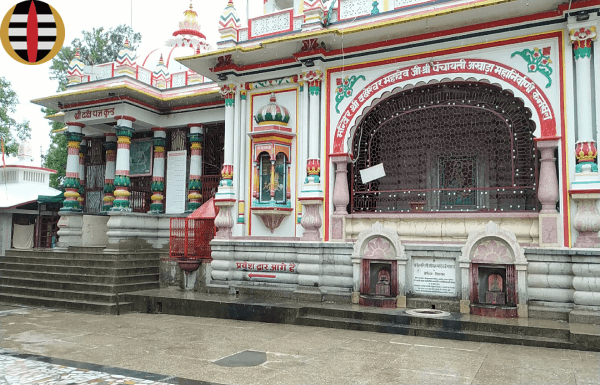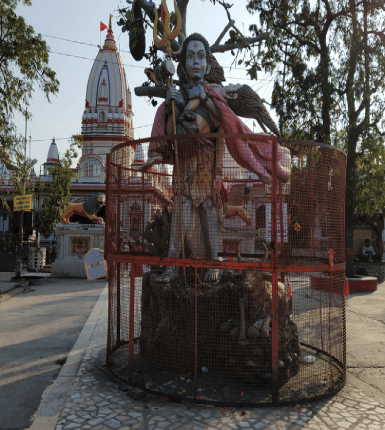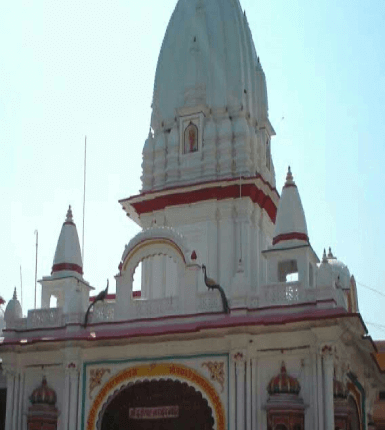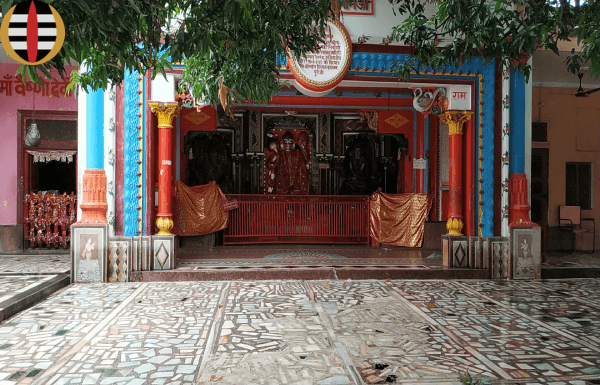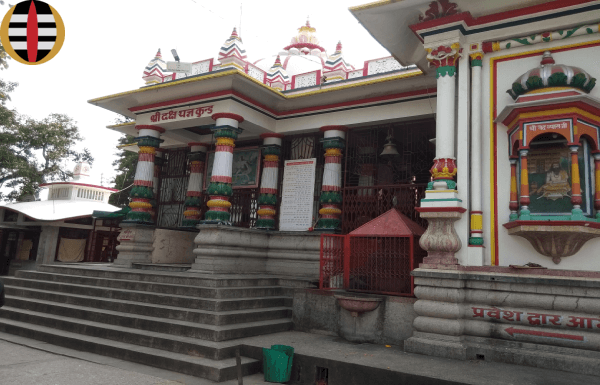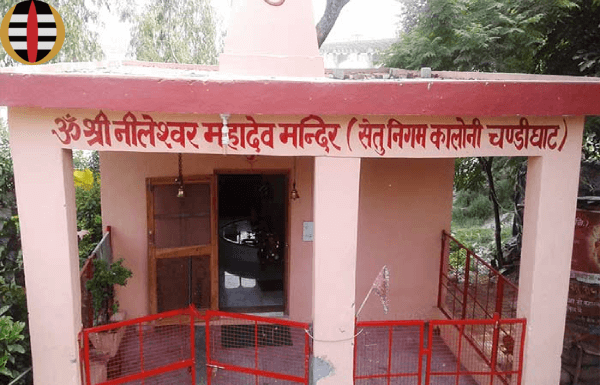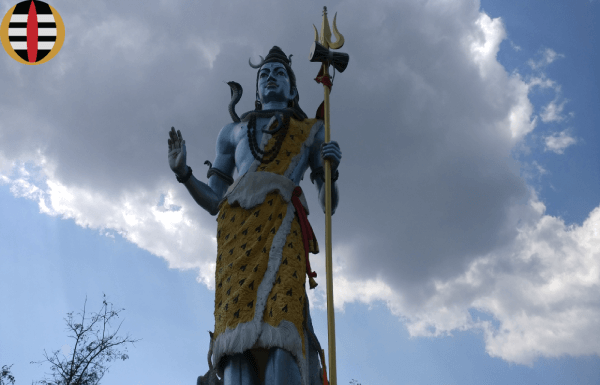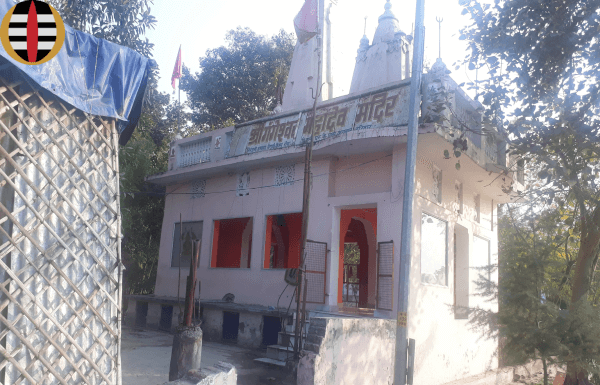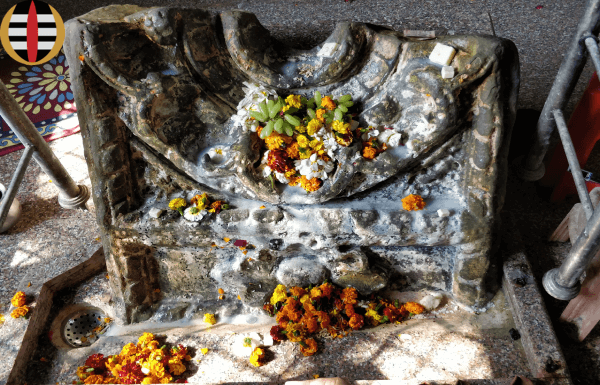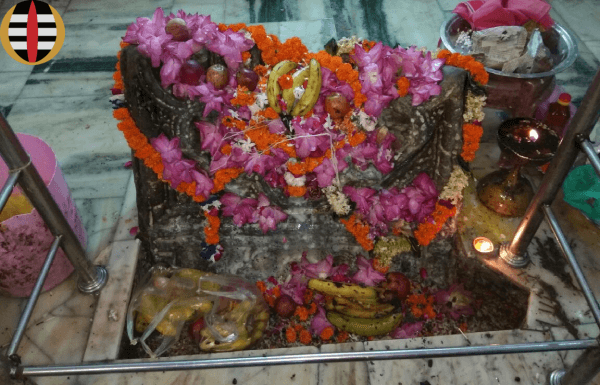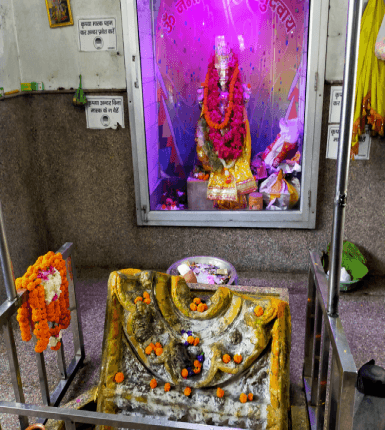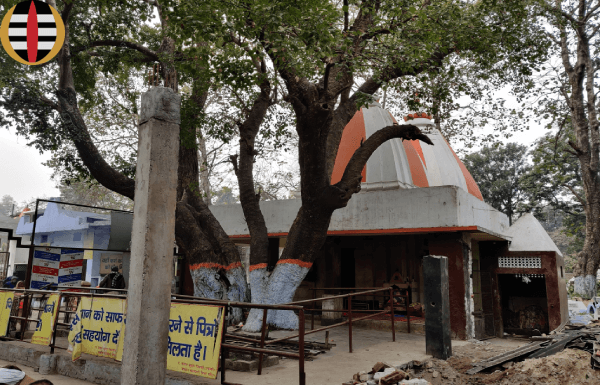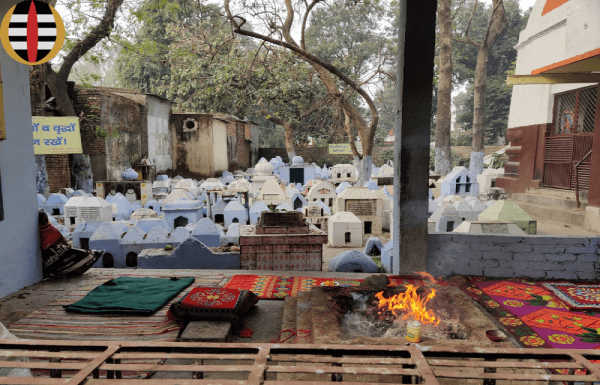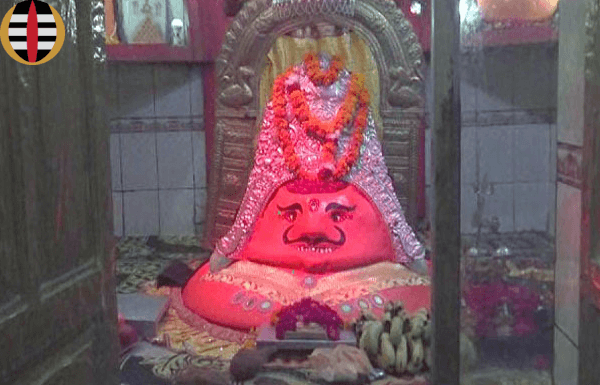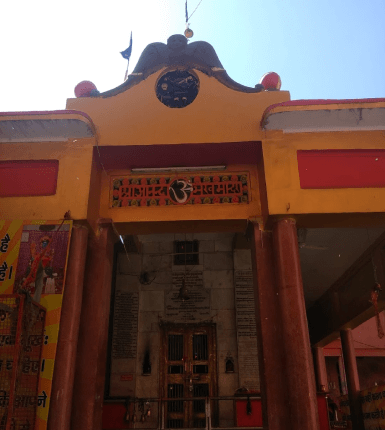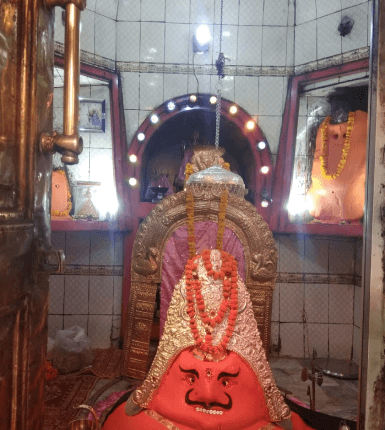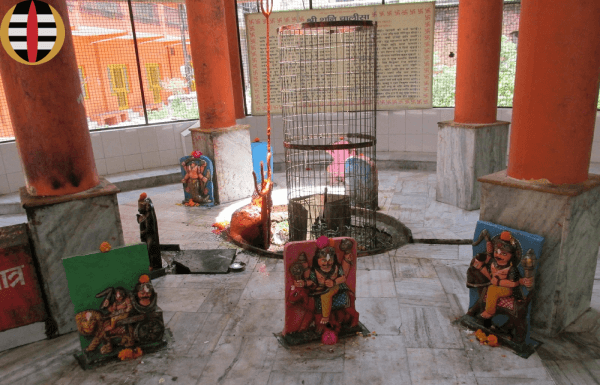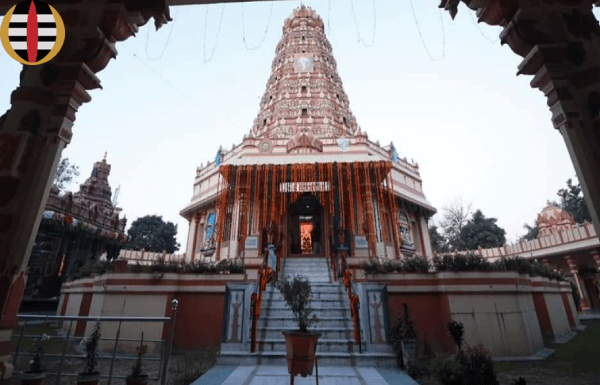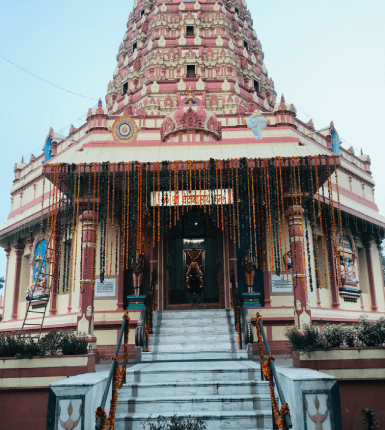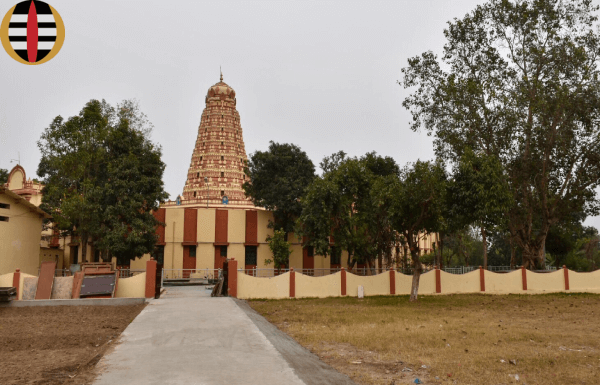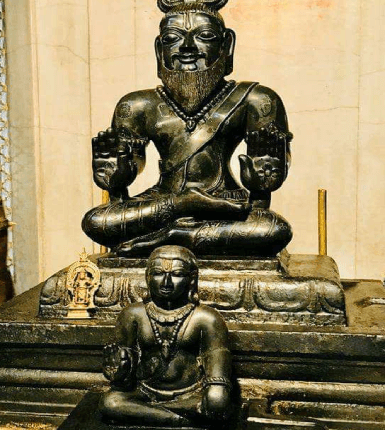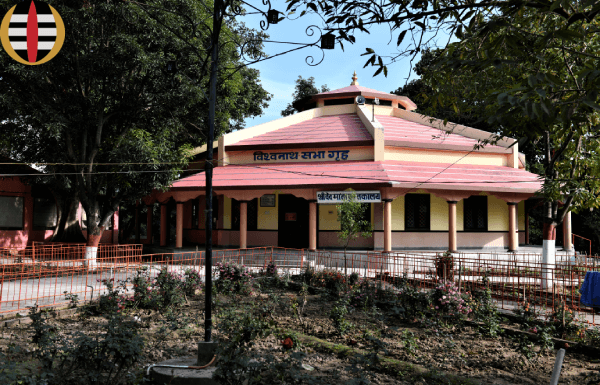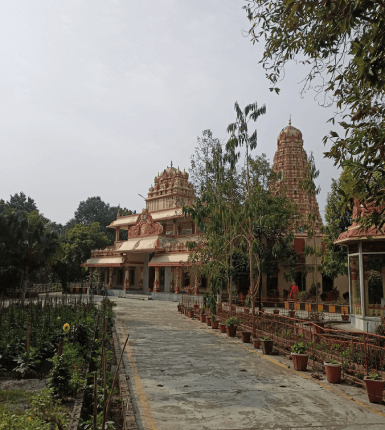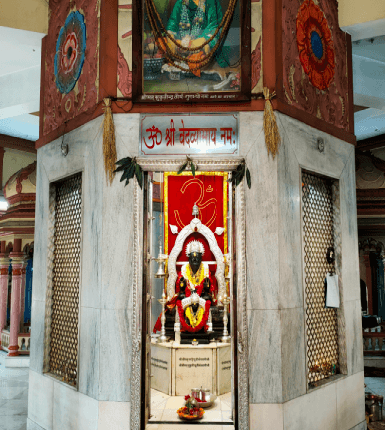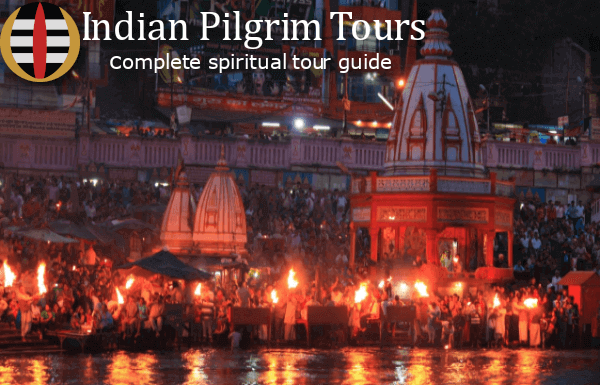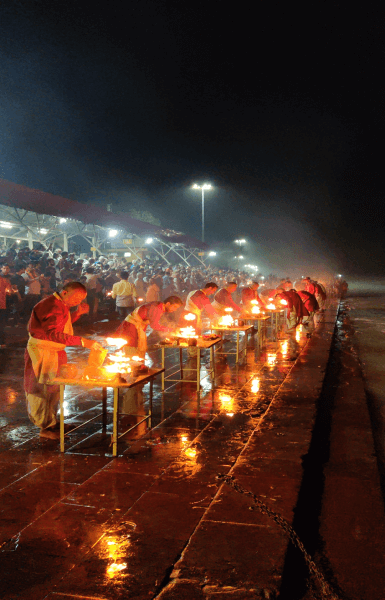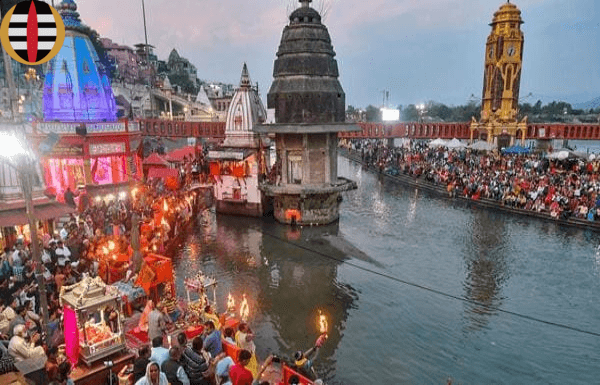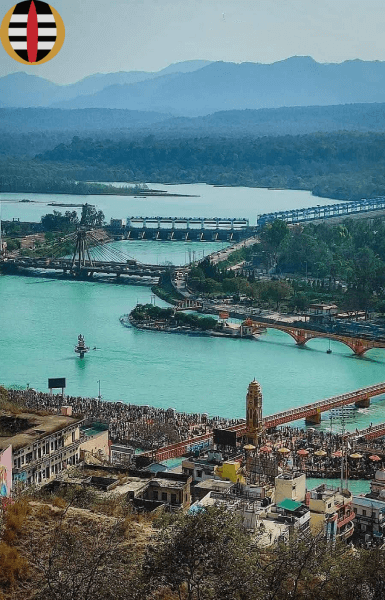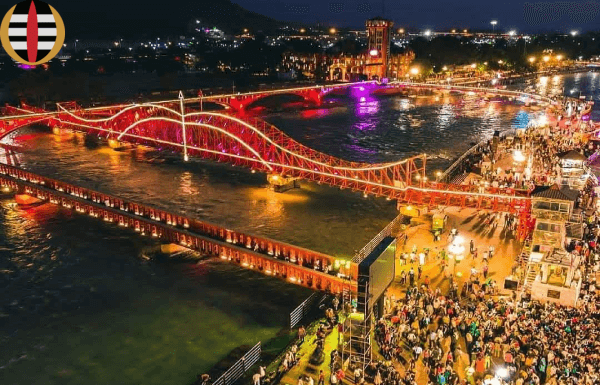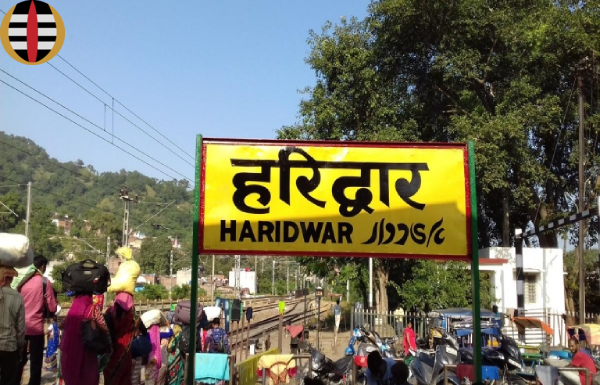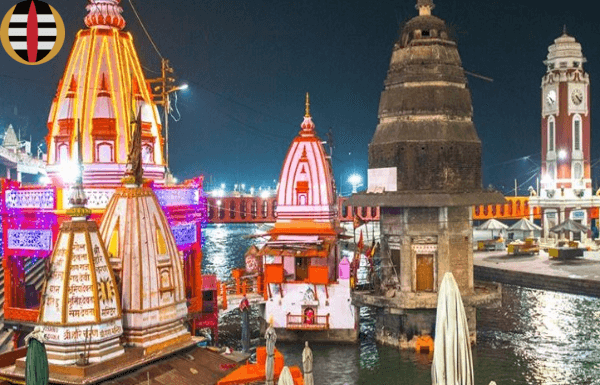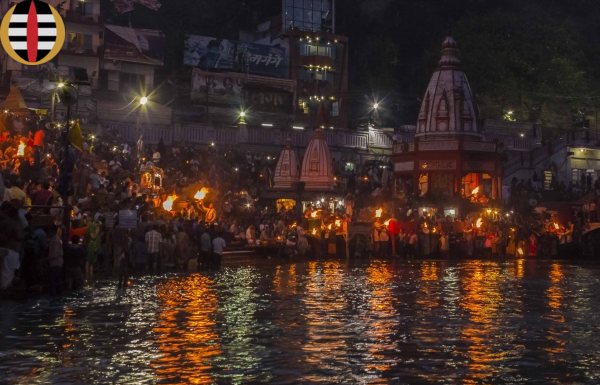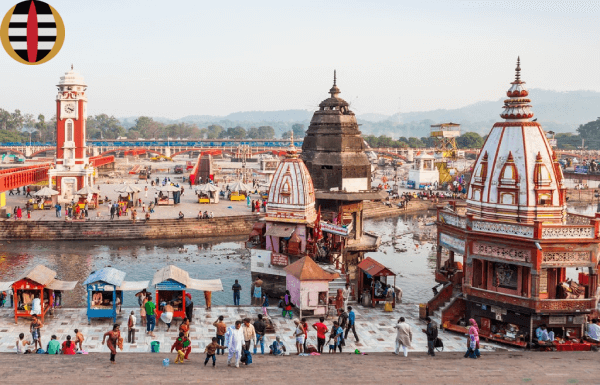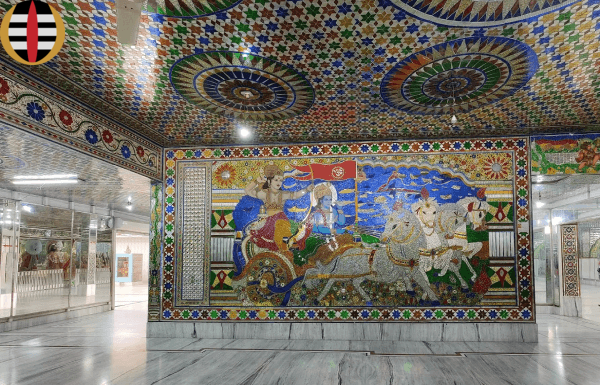Haridwar
(IPLTOURS)
Haridwar
Haridwar is the gateway to the shrines of Lords Shiva and Vishnu in the Himalayas and is home to number of temples and shrines. There are so many temples dedicated to Lord Shiva and Goddess Parvati in various forms, as well as a temple dedicated to Lord Vishnu named Narayani Shila where pinda pradhan performed by the devotees to their ancestors. Haridwar is the entrance to Kedarnath and Badrinath Shrines and is the shrine where the temples of Lords Shiva and Vishnu are located in one place. It will take at least two to three days to visit various famous temples in Haridwar. Pilgrims are advised to complete their Char Dham Yatra from Rishikesh to Badrinath and return to Haridwar via Rudraprayag to visit the temples.
The Government of Uttar Pradesh has recently inaugurated the ‘Bhagirathi Tourist Home’ with 100 rooms in Haridwar for the convience of the Pilgrims. TheTourist Guest House and Information Center in Hardwar, CCR is located at Tower Chowk, Rodibelavala with cell No. 9411122295, EMail-ritesh1975semwal@gmail.com and official web site https://uttarakhandtourism.gov.in/accommodation/tourist-guest-house-and information-centre. There is Gautami Nithyananda Trust in Haridwar.And Rooms for rent and dining facilities are available here. Dining facilities are available in the South Indian tradition. There are other guest houses provide rooms and North Indian dining facilities. Dhatta peeth Ashram is located on the banks of River Ganga for those who visit Hardwar as a group. Accommodation and cooking utensils are provided on nominal charges. Travelers can get South Indian food without any hassle. The Ashram is adjacent to river Ganga and pilgrims can take bath in the morning and visit the temples in this Peeth and proceed to visit other temples.
Haridwar is the gateway to the shrines of Lords Shiva and Vishnu located in the Himalayas. Visiting of shrines in the Himalayas may start from Hardwar. Haridwar is well connected by rail from all the major cities of the country. It is the convenient time and delight from May to August to the Pilgrims visiting the shrines located in Himalayas. Pilgrims can travel with light casual attire in this time. It is cold from September to November so it is necessary to wear woolen clothes. Haridwar is one of the important cities in the state of Uttarakhand and is famous for Shiva Shrines. Pilgrims have to stay at least 3 days in Hardwar to visit the temples. It is the sacred place and to the souls of human lineage to whom Pinda Padhan performed at that place, would attain salvation.
The important temples in Haridwar and their myth are detailed below
Har Ki Pauri
Har Ki Pauri is a famous ghat located on the banks of river Ganga in Haridwar. This sacred place is important in the city of Hardwar. “Har” means “God”, “ki” means “to” and “pauri” means “stair” har ki pauri means step to reach God. It is believed that Lord Vishnu visited Brahma Kund in Har Ki Puri during Vedic period. Haridwar is the place where the river Ganga leaves the Himalaya Mountains and enters into the plain lands. The Ghat is located on the west bank of river Ganga and the river flows towards north from here. Har Ki Pauri in Haridwar hosts Kumbh Mela for every twelve years, Ardh Kumbh Mela for every six years, the Punjabi festival Vaishaki and the festival during the month of April every year. The festivals attract millions of devotees and pilgrims. The priests give Ganga Harati at Har ki Pauri every day during sunset, according to the ancient tradition as performed in Varanasi or Kashi. At that time the lights are set on the water to go down.
Thousands of devotees and locals gather on both sides of the river to praise the Ganga during Harati. During this time, the priests hold large lamps in their hands and ring the bells at the temples near the Ghat, while the devotees also sing the chants along with the priests. Devotees and people offer garlands made of leaves and flowers to river Ganga to fulfill their hopes and desires. In some special cases, when eclipses occur, the time of Ganga harati changes accordingly.
Manasa Devi Temple
Lord Shiva and to ask about her birth. She practiced spiritual practice for many years and was fortunate enough to visit Lord Shiva and learn the truth about her life from him. She learned the truth about herself and gained the powers for world welfare. Devotees pray the Goddess to fulfill their desires and tie threads to the tree branches in the temple After fulfillment of their desires, the devotees come back to the temple to untie the thread from the tree. Devotees offer Coconuts, fruits, garlands and incense to the goddess Manasa. It is said that the two forms of Goddess Parvati, Manasa Devi and Chandi are always close to each other. Manasa Devi Temple is said to be a Siddha Peet fulfills the desires of the worshipers. It is one of the three peet in Haridwar and the other two being the Chandi Devi Temple and the Maya Devi Temple.
The two deities, one with eight arms and the other with three heads and five arms are seen in the inner sanctum. Manasa Devi Temple must visit to the pilgrims visiting Haridwar. Pilgrims can see beautiful places and river Ganga from the temple in Haridwar. Pilgrims have to reach by trek or rope-way service to reach the temple. The rope-way service has been launched for the benefit of pilgrims to reach Mansa Devi and Chandi Devi Temples. The rope-way takes the pilgrims straight from the foot hill to the Manasa Devi and Chandi Devi Temples.
The temple is open on all days from 5 pm to 9 pm except in the lunch time from 12 noon to 2 pm.
Chandi Devi Temple
Chandi Devi Temple is located on the eastern peak on the Neel Mountain of the Shivalik Hills in the Himalayan Range. The temple was built during the reign of Suchat Singh, the King of Kashmir. The idol of Chandi Devi in the temple is said to have been erected by Jagadguru Adi Shankaracharya during his visit in our country over fourteen hundred years ago. This temple known as the Neel Parvat Tirtha is one of the Pancha Tirth in Haridwar. Chandi Devi Temple is considered as a Siddha Peet by the devotees and the holy place to fulfill their desires. This temple is one of the three peeth in Haridwar. The other two are the Manasa Devi and Maya Devi temples. Chandi Devi, also known as Chandika, is the presiding deity of the temple.
As per the legend for the emergence of Chandika Devi, the demon Kings Shumbha and Nishumbha conquered heaven from Indra and drove the gods out of heaven. An element originated from Parvati as Chandika on the prayers of the gods. Shumbha was delighted with her extraordinary beauty and wanted to marry her. She refused and Shumbha send the demon leaders Chanda and Munda to kill her. Chamunda Devi emerged from the anger of Chandika killed them. Shumbha and Nishumbhu collectively tried to kill Chandika and exterminated by her. Chandika rested for a while on the top of the Neel Mountain and the temple built on the place. The two peaks in the mountain range are known as Shumbha and Nishumbha.
The temple is open from 7-00 am to 7-00 pm on Monday to Friday. The temple kept open on Saturday and Sunday from 6-00 pm to 7-00 pm.
Maya Devi Temple
Haridwar is also known as Mayapuri with the name of Maya Devi and she is the village goddess of Hardwar. The place is considered to be one of the Shakti Peeth, where the heart and navel of Goddess Sati fell in the area where the Maya Devi Temple is located in Haridwar town, when Lord Vishnu condemned the body of Goddess Sati with his Sudarshan Chakra after committing self sacrifice of Sathi in the Yaga performed by Daksha, The tempe is not mentioned as a Sakthi Peeth in the 18 Sakthi Peethas called as Ashtadasa Sakthi Peeth. She is considered as an incarnation of Sakthi, with three heads and four arms. The Siddhi Peeth is one of the three peeth in Haridwar and the other two are the Chandi and Manasa Devi temples. Maya Devi Temple is among the three oldest temples with Narayana-Shila and Bhairava temples in Haridwar, which are still intact for over one thousand years.
The sanctum has idols of Maya Devi in the center, Kali on the left and Kamakhya on the right. Pilgrims may visit these two powerful deities inside the temple. Mayadevi Temple is on the eastern side of Har Ki Pauri is accessible by buses and autos. Devotees from all over the country visit this temple during Navratri and Kumbh Mela in Haridwar.
Dakshaneswara mahadev Temple
Daksheshwar Mahadev Temple, known as Daksha Temple, is located in a small town Karikhal at a distance of 4 km from Haridwar. The temple is in the name of Daksha Prajapati, father of Goddess Sati. Daksha is one of the fourteen Prajapathi who were the creators and considered to be sons of Lord Brahma. The temple was built about two hundred years ago and later rebuilg about sixty years ago. The Shiva Devotees visit the temple on Mahashivaratri.
According to Vayu Puran, Mahabharat and other scriptures, Daksha, father of Sati Devi, performed Nireeswar Yaga at the site in the temple. Daksha had not invited Lord Shiva and Sati to the Yagya but Sati attended the yajna and felt ashamed. She set herself self sacrificed her live in the fire since her father had despised Lord Shiva.
Lord Shiva get angry and sent Veerabhadra, Bhadrakali and other Ganga to the shrine. On the order of Lord Shiva, Veerabhadra appeared like a storm in Daksha Yagna with the ganas and fought a fierce battle with the gods. Thereby he beheaded the Daksha. The head of goat the goats was fixed to Dalsha as per the pray of Lord Brahma and other deities. The place has such importance.
Neeleswar Temple
Nileshwar Temple is an small and ancient temple located about 500 meters from Har Ki Pauri in Haridwar. The temple is located on a hill called Neel Parvat near Kushavarta Ghat. Devotees visit this temple after taking bath in the Neel Dhara, tributary of river Ganga, flows near the temple. Neel, a great Shiva devotee established the Shiva Ling in this temple.This temple gives pleasure and peace with the beauty of nature. Pilgrims may visit the Chandi Devi Temple and beautiful views behind the temple from the top of the Neel Hill. There is a urn surrounded by snakes on the temple. The crowd of Shiva devotees is high during the month of Shravan, auspicious to Lord Shiva.
Narayana Shila Mandir
Narayani Shila Temple is a holy shrine located on the banks of the Ganges in Haridwar. Narayani Shila Temple, also known as the Bhagwan Vishnu Murthy Temple located opposite to the fire station in Haridwar, also called as Mayapuri. People suffer with curses of ancestors perform Pinda Pradhan to their parents and relatives at Narayani Shila Temple along with other pilgrims to get relief. The parents and relatives of the devotees for whom they perform Pinda Pradhan here will get salvation. All kinds of japa and rituals organized here for the salvation of ancestors. The temple has a statue of Lord Vishnu outside and an Ardha Shila statue inside the temple. It is said in Skanda Purana that Gayasur defeated by Lord Vishnu and splitted into three parts among which the middle part of his body fell at Haridwar.
Lord Vishnu had mercy on Gayasur and blessed him with boon that the place where his body fell would become sacred and to the souls of human lineage to whom pinda pradhan performed in that place, would attain salvation.
Ananda Bhairav Temple
Ananda Bhairav is a serene form of Lord Shiva and this temple is located near the Maya Devi Temple in Haridwar. The idol of Ananda Bhairav in the temple is unique and is in the form of a Shiva ling with a holy mustache, nose and eyes. Red colour is seen near the Ananda Bhairava idol in the sanctum. This small ancient temple has rebuilt recently. There are temples to the sub-deities Dattatreya, Shiva, Parvati, Ganesh, and Kalika along with Navagraha temple.
Vyas Ashram
Vyasa Ashram is located in Haridwar in an environment amidst beautiful gardens and trees. The Ashram was built over forty years ago by Sri Sudhindratirtha Swamiji, the head of the Kashimath, on the banks of the Ganga, which is now run by the Madhva sect of the Gowda Saraswat Brahmins prevailing in the Konkan region. There are the idols of Sage Vedavyas, Shuka, Saptarishi, Brahma, Vishnu and Maheshwar. There is a Navagraha Mandir in the courtyard and many temples along with ashrams around the ashram. Vyas Temple is a peaceful place for worship and meditation. The temple building is octagonal in shape and the temple tower is in the South Indian style of architecture. Nrusimha, the incarnation of Lord Vishnu in the form of Lord Vyasa Raghupati Nrusimha, Lord Rama and Veda Vyas are worshiped three times a day.
Gangaharati performed on every evening. The flowers and fruits required for worship are grown in the ashram itself. There is a Rudraksha tree in the ashram garden. Visitors are allowed to visit the temples from 8 a.m. to 8 p.m. The ashram provides dining facilities and accommodation at a nominal charge.
There are so many old temples and newly constructed temples in Haridwar. Among them Bharat Mata Temple, Gowri Sankar Temple, Jain Temple, Maha Mruthnjaya Temple, Panvan Dham, Sathi kund, Sri Yamtralayam and Kali Temple of Sri Ganapathi Sachidananda Swamy of Mysore. Pilgrims have to stay at least two days to visit all these temples in Haridwar.



